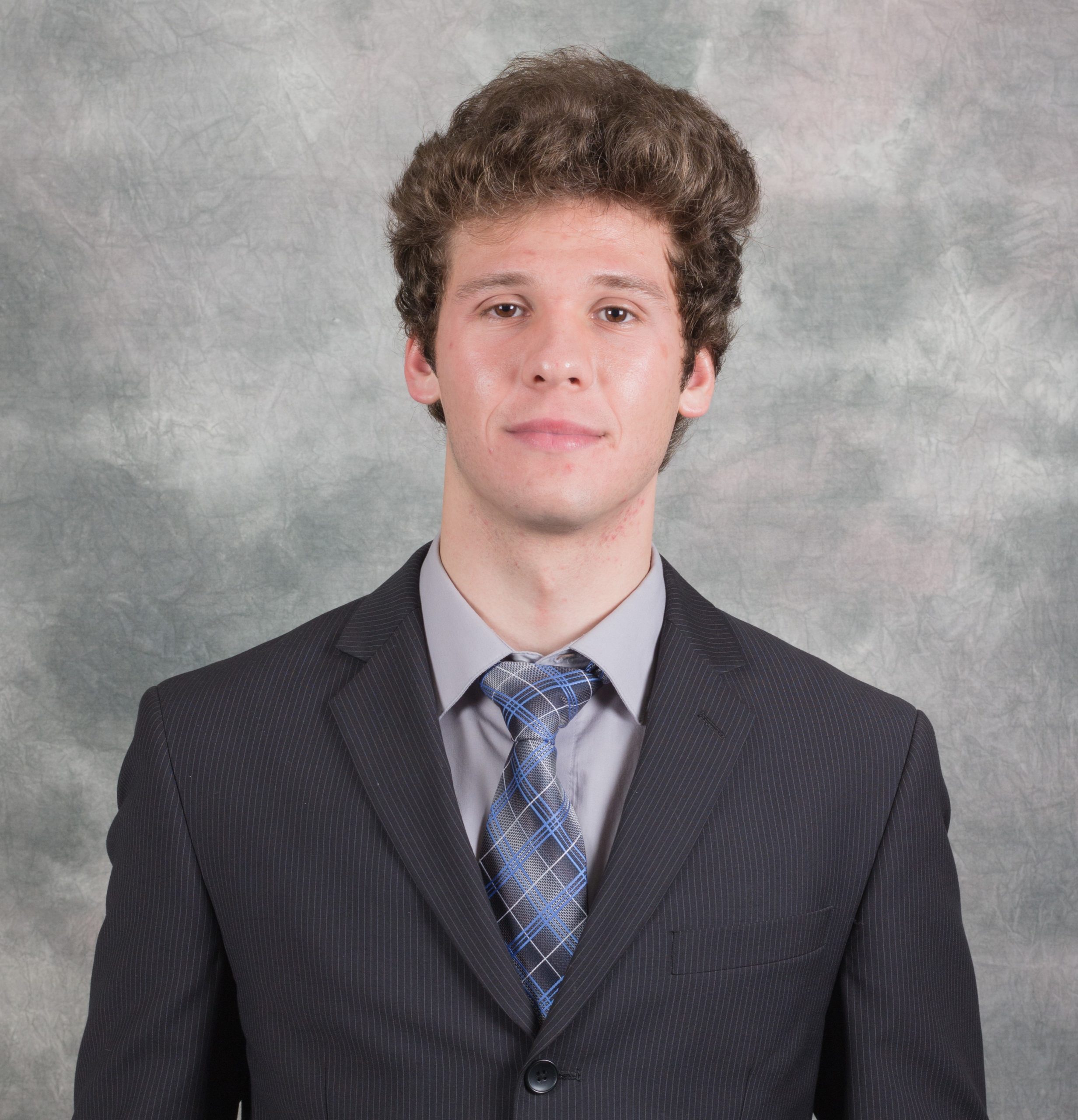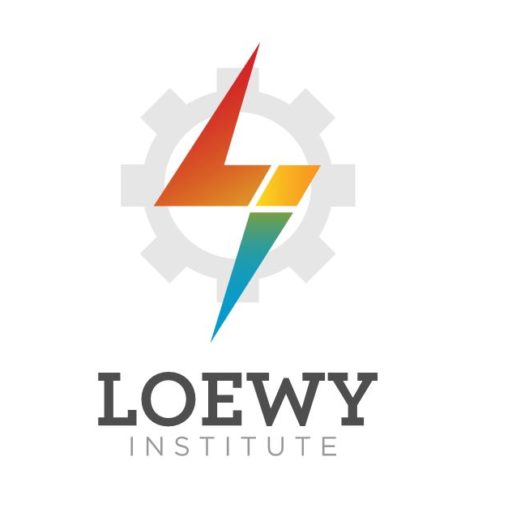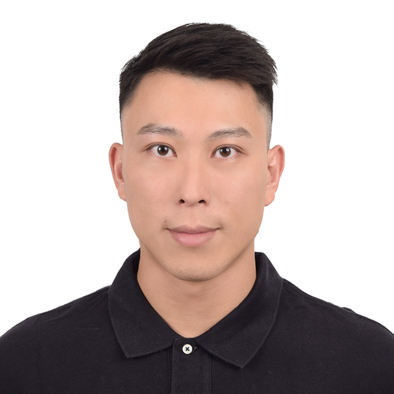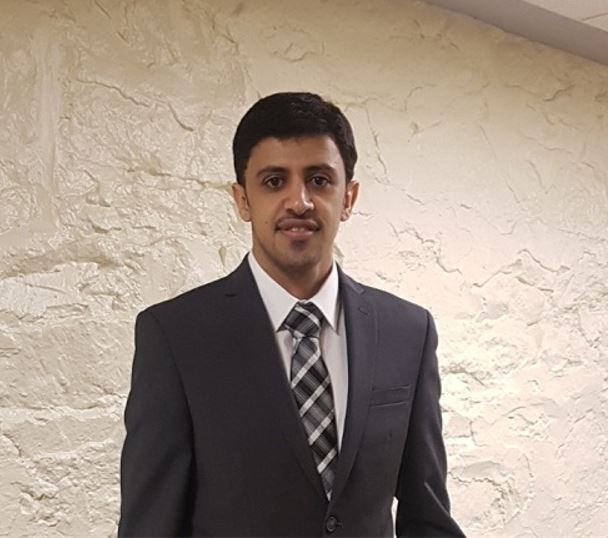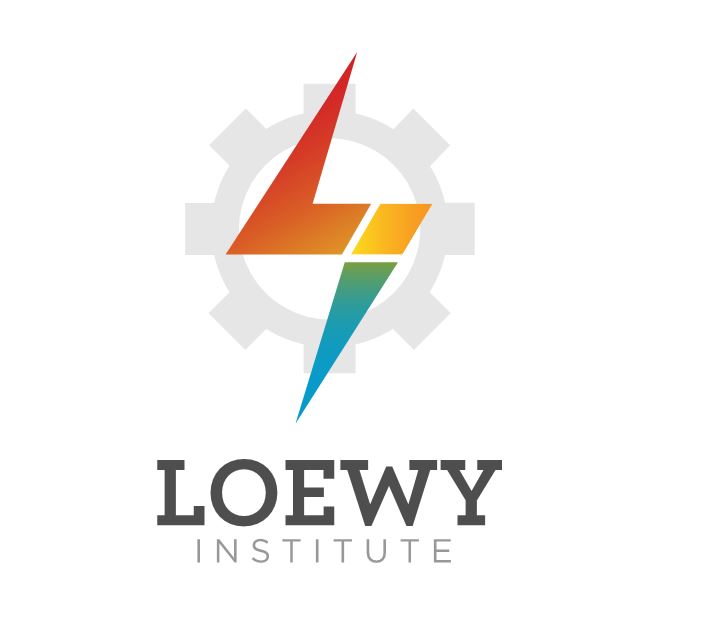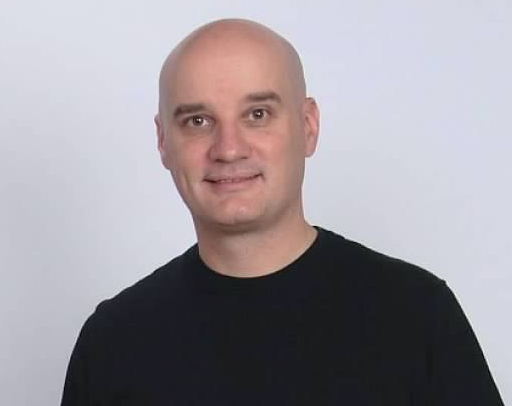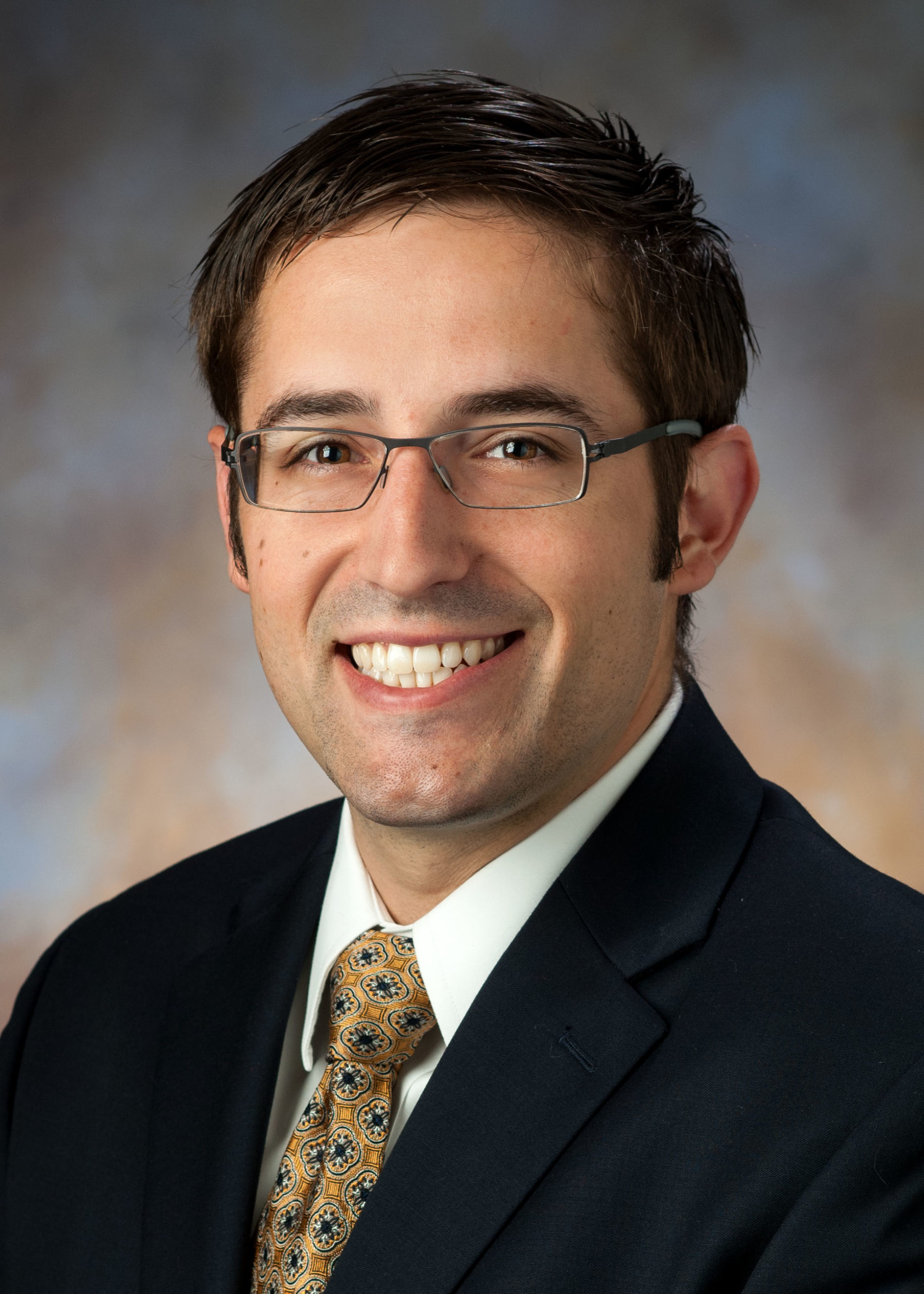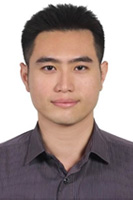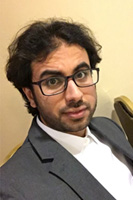Loewy Institute and Institute for Metals Forming (IMF) Alumni
Bart’s research as an undergraduate with The Loewy Institute focused on selective laser melting (SLM) of tungsten-heavy alloys. As part of his research, Bart presented at POWDERMET 2018 and POWDERMET 2019, where he presented on SLM advancements through RBV analysis and novel microstructures of tungsten-heavy alloys fabricated via SLM.
Eli’s research as a graduate students with The Loewy Institute focused on the analysis and performance characterization of phosphate conversion coatings applied to mild steel at high temperatures; he is currently a Lead Manufacturing Engineer at SpaceX.
Tyler’s research as an undergraduate with The Loewy Institute focused on selective laser melting (SLM). He presented his research at MS & T in 2019. Currently, Tyler works as an engineer in the Welding and Temperature Dependent Metal Properties Division at NSWC Carderock.
Kuo-Kuang conducted his research with The Loewy Institute on anodic copper oxide; specifically, the characterization of anodic copper oxide fabricated in potassium bicorbonate electrolyte solution and its additives. He received his Master’s in Materials Science & Engineering in 2020.
Mohammad’s research as a graduate student with The Loewy Institute focused on copper anodizing; his Master’s in Mechanical Engineering thesis is titled, “Influence of Operating Conditions on Morphology and Composition of Anodically Grown Films on Copper in NaHCO3. Mohammad is currently a lecturer at King Khalid University.
Timothy completed research with The Loewy Institute as a Master’s student in mechanical engineering; his work involved metal forming, with his thesis being titled “Optimization of Closed Die Cold Forging.” Currently, Timothy is President / Owner of WST Industries in Sanford, North Carolina.
Frank’s research with The Loewy Institute revolved around aerospace superalloy metal machining / grinding performance with water-based lubricants; his Master’s thesis, awarded in 2003, is titled “Analysis of Grinding Wheel Loading for Electroplated Cubic Boron Nitride Wheels Used With Water-Based Lubricating Fluids.” Frank is currently a product manager for Westinghouse Electric Company LLC.
John’s research with The Loewy institute focised on superalloys–his 2011 Master’s in Materials Science & Engineering thesis is titled “Industrial Process Design for Manufacturing Inconel 718 Extremely Large Forged Rings.” John is currently President and CEO of Palácio Corporation.
While completing his PhD in Materials Science & Engineering at Lehigh, Dr. Ventura used electron microscopy to characterize and more fully understand the underlying mechanisms of copper alloys’ properties and their application to SLM. Dr Ventura is currently a Staff Research Engineer at Raytheon Technologies Research Center.
As an undergraduate with IMF, Dr. Michi characterized the microstructures formed in a ZE20 magnesium alloy during extrusion, work that was coupled with a flow stress model developed at IMF for the same alloy. Dr. Michi went on to complete a PhD in Materials Science and Engineering at Northwestern University; he is currently a Postdoctoral Research Associate at Oak Ridge National Laboratory.
While working with The Loewy Institute / IMF, Alison explored the porosity and surface defects in some of the cast gold jewelry created by a partner jewelry company in New York, her research supported in part by a scholarship from the Center for Powder Metallurgy Technology. Currently, Alison is a Materials Scientist at Lawrence Livermore National Laboratory.
As a graduate student with The Loewy Institute, Dr. Huang worked with titanium alloys, specifically Ti-1023, an alloy widely used in aerospace and other applications. His work focused on improving understanding of the alloy’s microstructure and mechanical properties. Dr. Huang received his PhD in Mechanical Engineering at Lehigh University.
While a graduate research assistant with IMF / The Loewy Institute, Mohammed studied the mechanisms as coarse grain structures are formed during the hot forging processing of aluminum alloys, with the goal of helping to curtail undesired grain growth in the microstructure.
